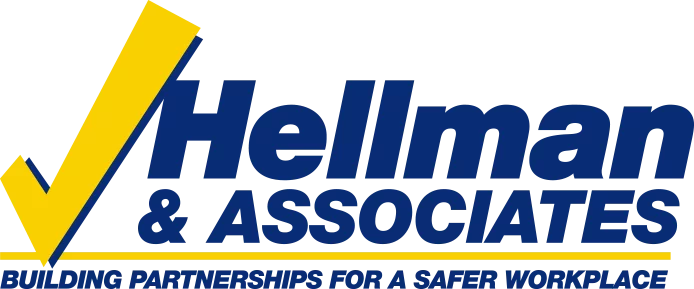Thousands of fires occur in work places across the U.S. each year. According to the National Fire Protection Association (NFPA), firefighters respond to a fire every 24 seconds. OSHA requires employers to provide a fire prevention plan, proper exits, firefighting equipment, and employee training to prevent fire-related injuries and deaths.
Fire Safety Basics
- Every fire requires a fuel source, an ignition source and oxygen (otherwise known as the ‘fire triangle’) – the presence of these three components creates a chain reaction that sustains a fire. If one of the components is removed, such as smothering the fuel source, the fire will be extinguished.
- Flammable liquids are liquids with a flashpoint at or below 199.4° F. You can determine if a product is flammable by referring to its Safety Data Sheet or the manufacturer’s label. There are 4 categories of flammable liquids.
Fire Prevention Tips
- Equipment used to control fires must be regularly inspected, well maintained and accessible – this includes fire alarms, the fire suppression system (including ceiling sprinklers) and fire extinguishers.
- Maintain good housekeeping. Minimize stacks and piles of combustibles (paper, cardboard, lumber, etc.) and remove waste from work areas regularly.
- Avoid overloading electrical circuits or using damaged electrical cords.
- Keep space heaters away from combustible materials (paper, boxes, etc.).
- Internal combustion engine-powered equipment, such as forklifts, must be located so that the exhausts are well away from combustible materials.
- Smoke only in designated areas and dispose of cigarettes properly.
- Keep flammable liquids away from ignition sources and clean up spills promptly. Flammable liquid containers must be kept closed when not in use.
- Don’t store flammable or combustible liquids in areas used for exits, stairways, or normally used for the safe passage of people.
- OSHA has limits on the amount of flammable liquid that can be stored outside of a fire-rated room or fire-rated cabinet.
- For example, no more than 25 gallons of Category 1 flammable liquids (i.e. those with a flashpoint of 73.4° F or below and a boiling point of 95° F or below) can be stored outside of fire-rated room or cabinet.
Fire Response
- If a fire occurs in your workplace, follows your company’s procedures for fire response and evacuations.
- If your company allows you to use a fire extinguisher to fight incipient-stage fires, you’ve been trained to use one and you feel comfortable using one, retrieve a suitable extinguisher and attempt to extinguish the fire (aim at the base of the flames).
- Make sure your back is facing a safe way out of the area so you can evacuate if the fire gets out of control.
- If the fire is out of control, there’s too much smoke, an extinguisher isn’t available or you’re not permitted to use an extinguisher to fight fires, evacuate the building right away and report to designated assembly area.
